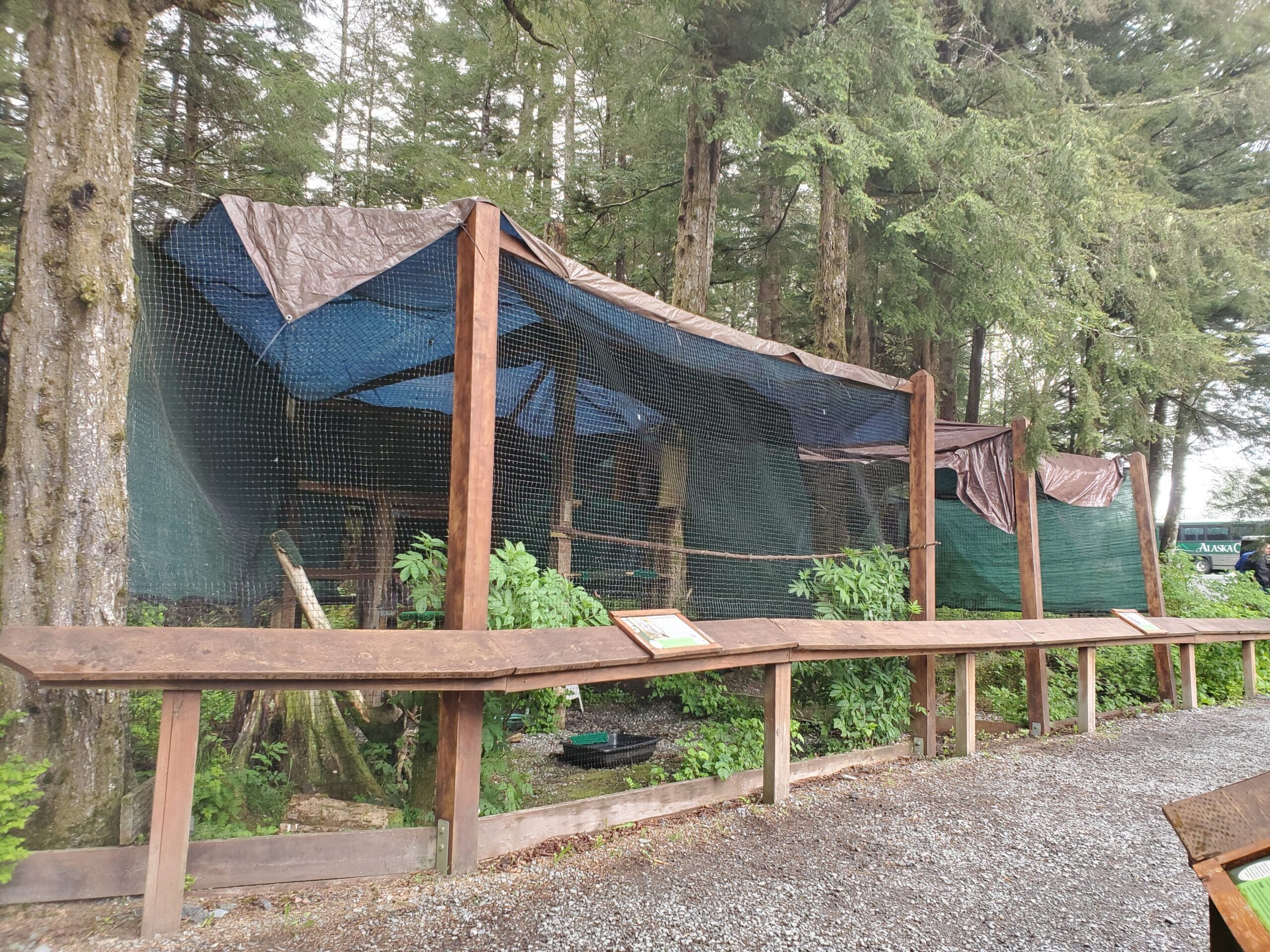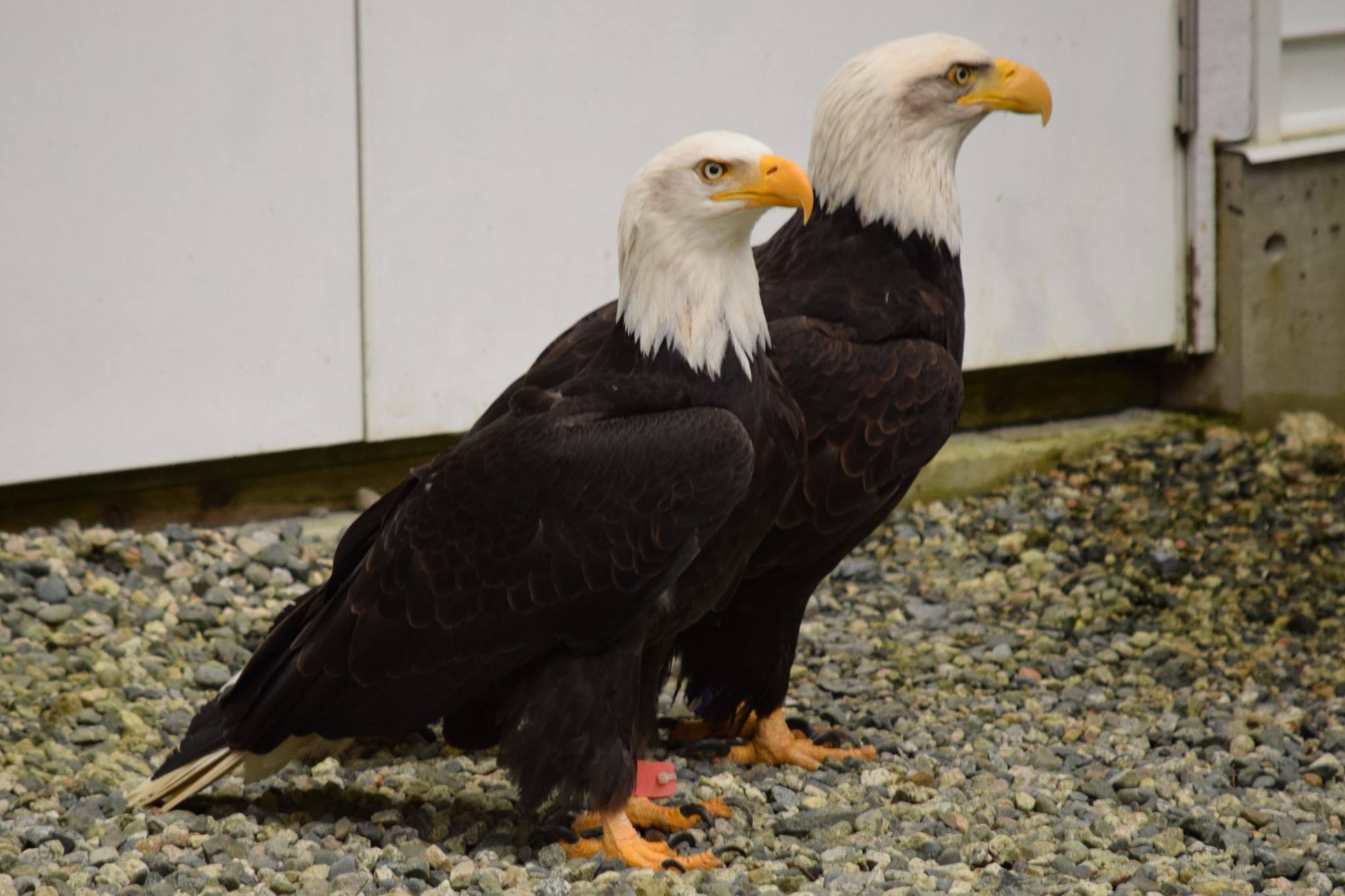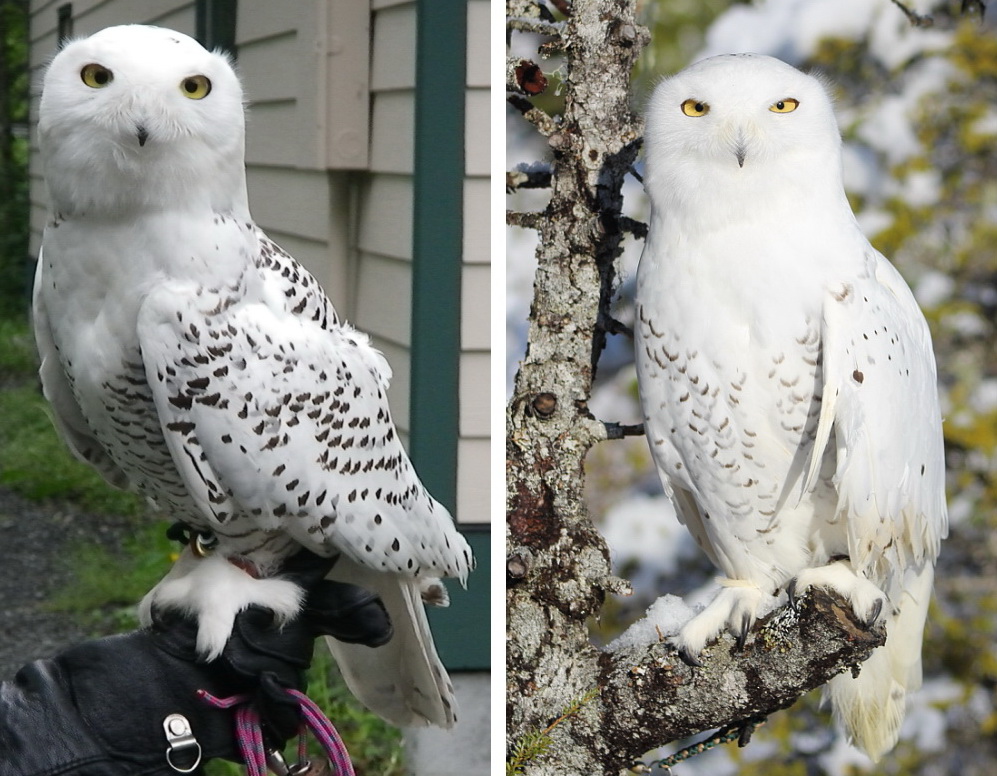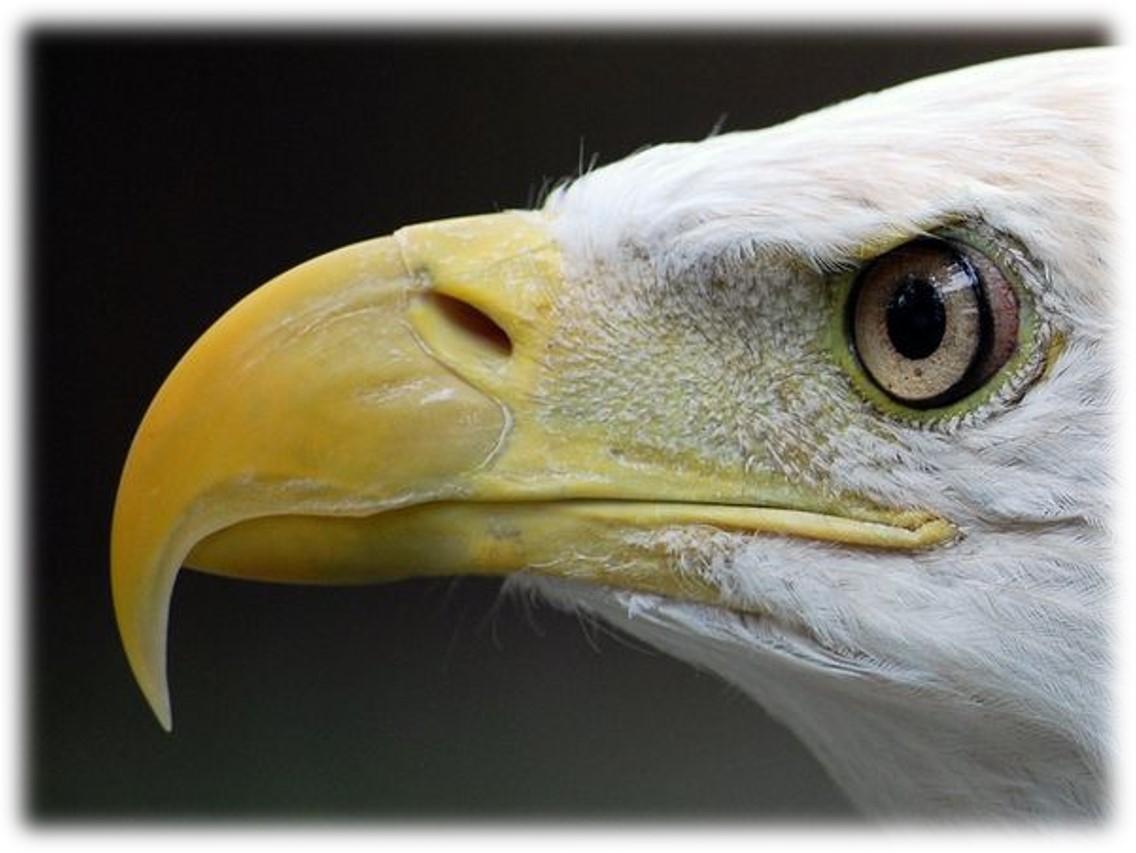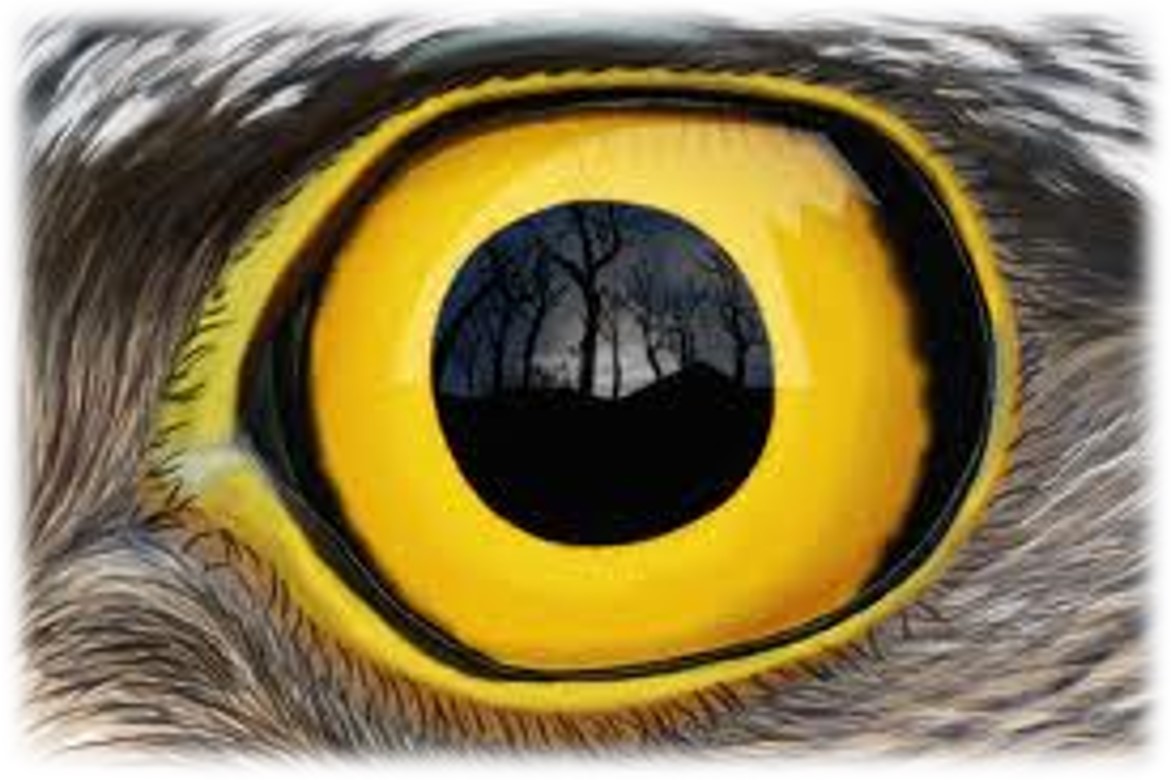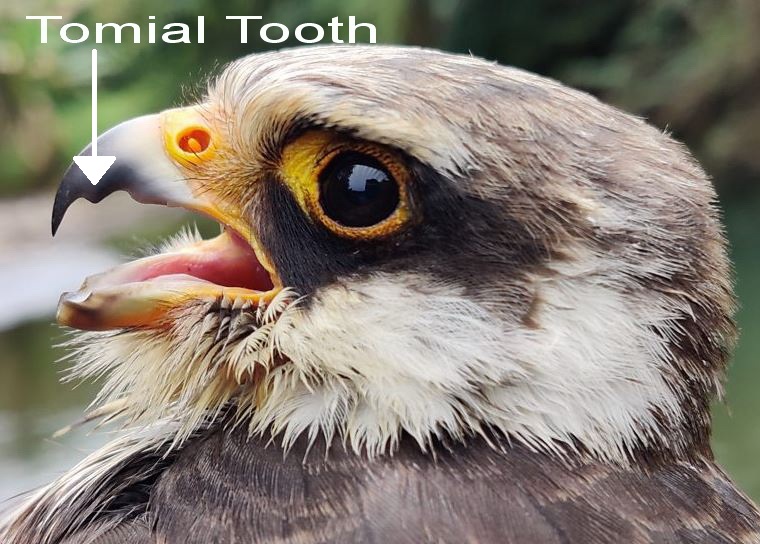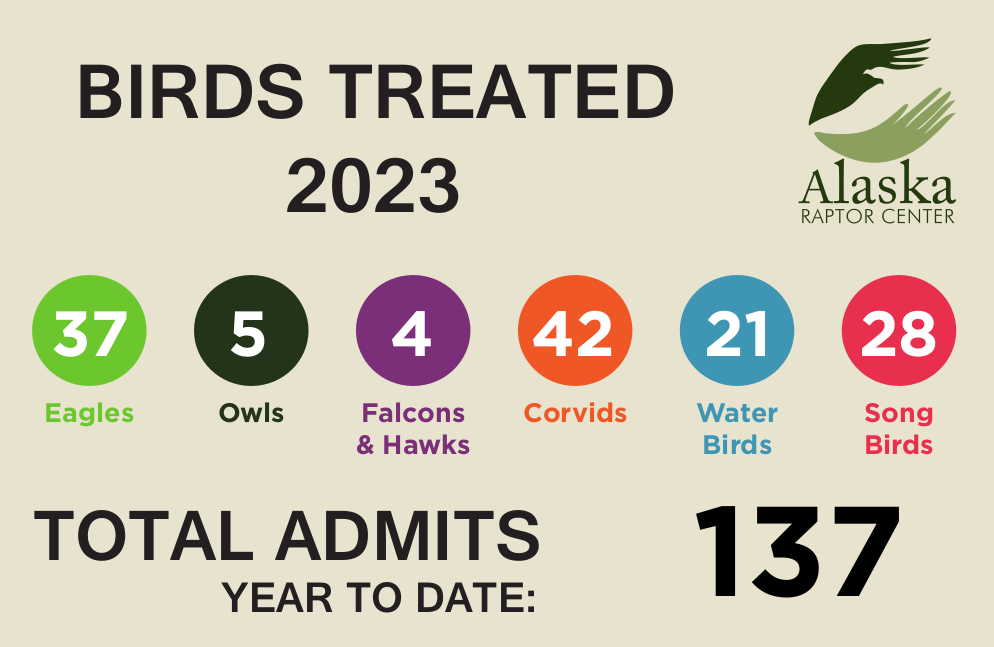
November 16th, 2023
Species Spotlight: American Kestrel (Falco sparverius)
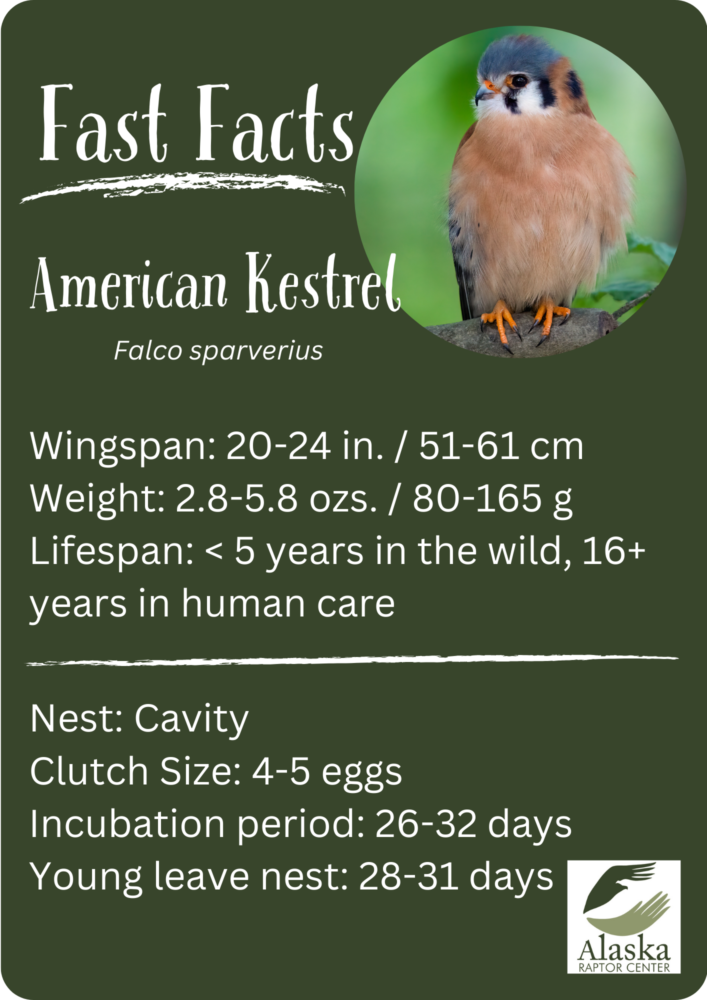
American Kestrels are just cute. Cute little killers of bugs, small rodents and birds. They are certainly the most colorful of all the raptors found in North America. Kestrels are one of the first raptors I learned to identify as a beginner birder mostly because they were everywhere! Growing up in southern Wisconsin/northern Illinois, one could easily find kestrels sitting on utility wires along the edges of fields or hovering out over the fields in search of their next meal. Besides just being fun to look at, kestrels are a very important bird in North America and unfortunately, their population is in decline and scientists are not sure why. So, let’s take a closer look at kestrels and what we can do to help keep them around.

American Kestrels are small falcons with females weighing between 120-165 grams. Males are slightly smaller with average weights between 102-120 grams. They are one of the few species of raptors that are sexually dichromatic meaning that the males and females have different coloring. Both female and male have two vertical black lines on the cheeks and a rufous colored back and tail. The female has the same rufous coloring on her wings while the male has beautiful slate-blue colored wings.
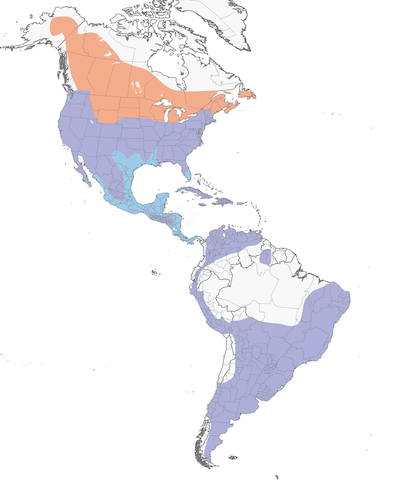
Kestrels are the smallest, most numerous and widespread of all the North American Falcons. They prefer to hunt in open areas covered by shorter vegetation and hunt for their prey from perches along roadsides. They are very adaptable birds that will utilize pastures and parklands, and aren’t shy about hunting near areas of human activity. Kestrels can often be seen hovering, especially on windy days. They will fly off the perch, face into the wind and then flap their wings quickly while maneuvering their tail to stay in one spot. The most intriguing part of watching a kestrel hover is experiencing their ability to keep their head perfectly still while focused on looking for prey!
This video shows a common kestrel (Falco tinnunculus) hovering over a grassy field in England.

By far the largest part of a kestrel’s diet is insects and other invertebrates. These prey items make up 74% of their diet. Common foods include grasshoppers, cicadas, beetles and dragonflies; butterflies and moths; scorpions and spiders; voles, mice, shrews, bats and small songbirds. They will sometimes eat small snakes, lizards and frogs and have been reported taking larger prey such as red squirrels. Kestrels normally hunt during the day, pouncing on their prey from above. An interesting correlation was made in September 1995 when a veteran hawk counter and bird bander named Frank Nicoletti discovered that dragonflies serve as an important food source for juvenile kestrels during fall migration. He had observed that there seemed to be more kestrels around when the dragonflies were migrating and decided to count the numbers of kestrels that were flying by, as well as count the number of dragonflies for an entire month. He used his data to show that kestrel and dragonfly migrations are definitely associated. By moving with the dragonflies, the juvenile kestrels had an easier time feeding themselves during their first migration because of the abundant prey.
While kestrels are still considered a species of least concern, their numbers are declining. Since it hasn’t yet been identified what factors are causing the decline, it is difficult to stop or reverse the trend. Recently, researchers have started putting more effort into filling in the gaps of knowledge when it comes to a kestrel’s life cycle. For instance, data currently being recording is how the birds fare over the winter months, their migratory routes, and their survival rates. They are also looking at historic data from North American hawk counts in fall and spring and through other citizen science projects like eBird that record locations and numbers of birds seen.
Luckily for us, there are some things that we can do to help support kestrel populations! One of the easiest things to do is to start recording sightings of kestrels on eBird or volunteer as a hawk watcher in the spring and fall. Avoid using chemicals to kill insects and rodents. Using alternative methods like mouse traps and citronella candles or bug lights will help keep kestrels from the secondary effects of those chemicals. Kestrels don’t build their own nest, they utilize natural cavities or make use of old nests from woodpeckers, but also easily adapt to using a nest box. If you have kestrels in your area and are interested in building a nest box for a kestrel family, you can find directions on how to make a box and where to place it at this link: https://nestwatch.org/learn/all-about-birdhouses/birds/american-kestrel/. A final thing that you can do is support organizations in your area the provide care for injured birds of prey. Most of them are non-profits and are always looking for volunteers and donations.

The Alaska Raptor Center has a resident American Kestrel named Fe. She came to us from the New Mexico Wildlife Center in 2021. Fe was found as a starving young bird. Once she was admitted to rehabilitation, the staff noticed that she didn’t want to have anything to do with the other kestrels in the enclosure where she was housed. When a person would enter, she would fly right over to them. It was decided that Fe was too comfortable around people and because of that would not be a good candidate for release. As a Raptor-in-Residence here, Fe is available for symbolic adoption, which helps pay for her daily care and feeding. When you adopt Fe or another of our birds, you receive a photograph, biography, natural history, and a year-long membership https://alaskaraptor.org/adopt-a-raptor/

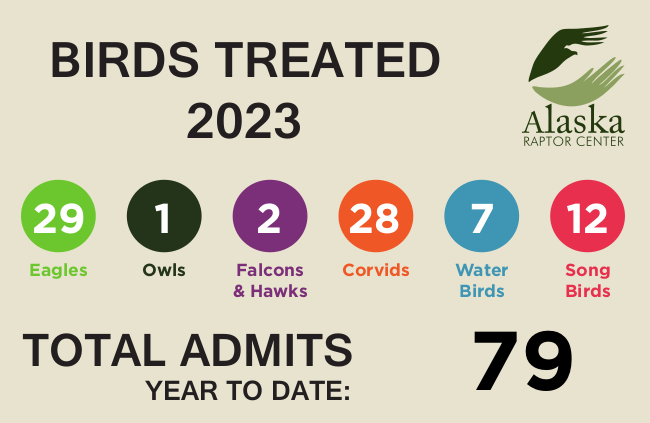
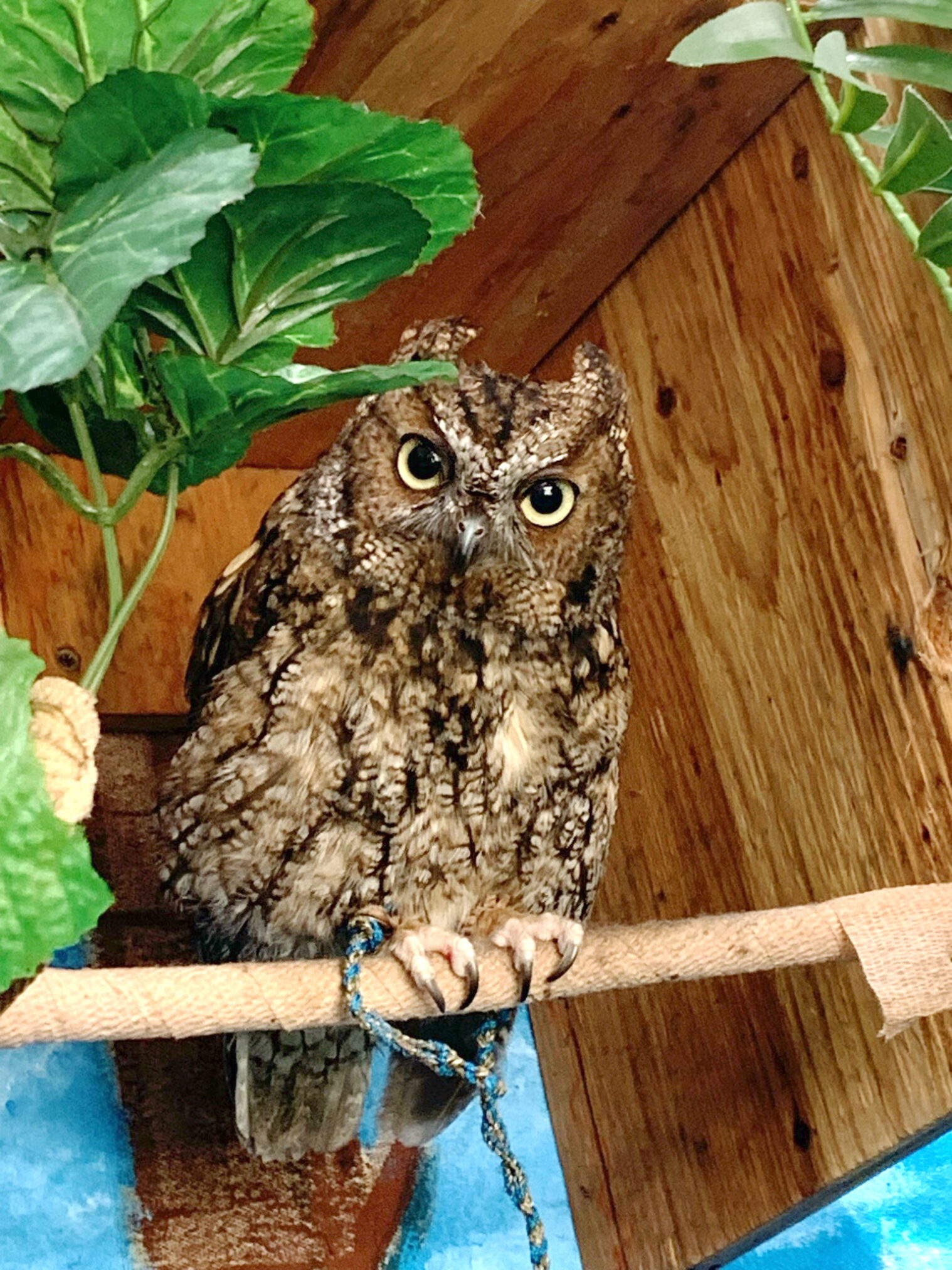

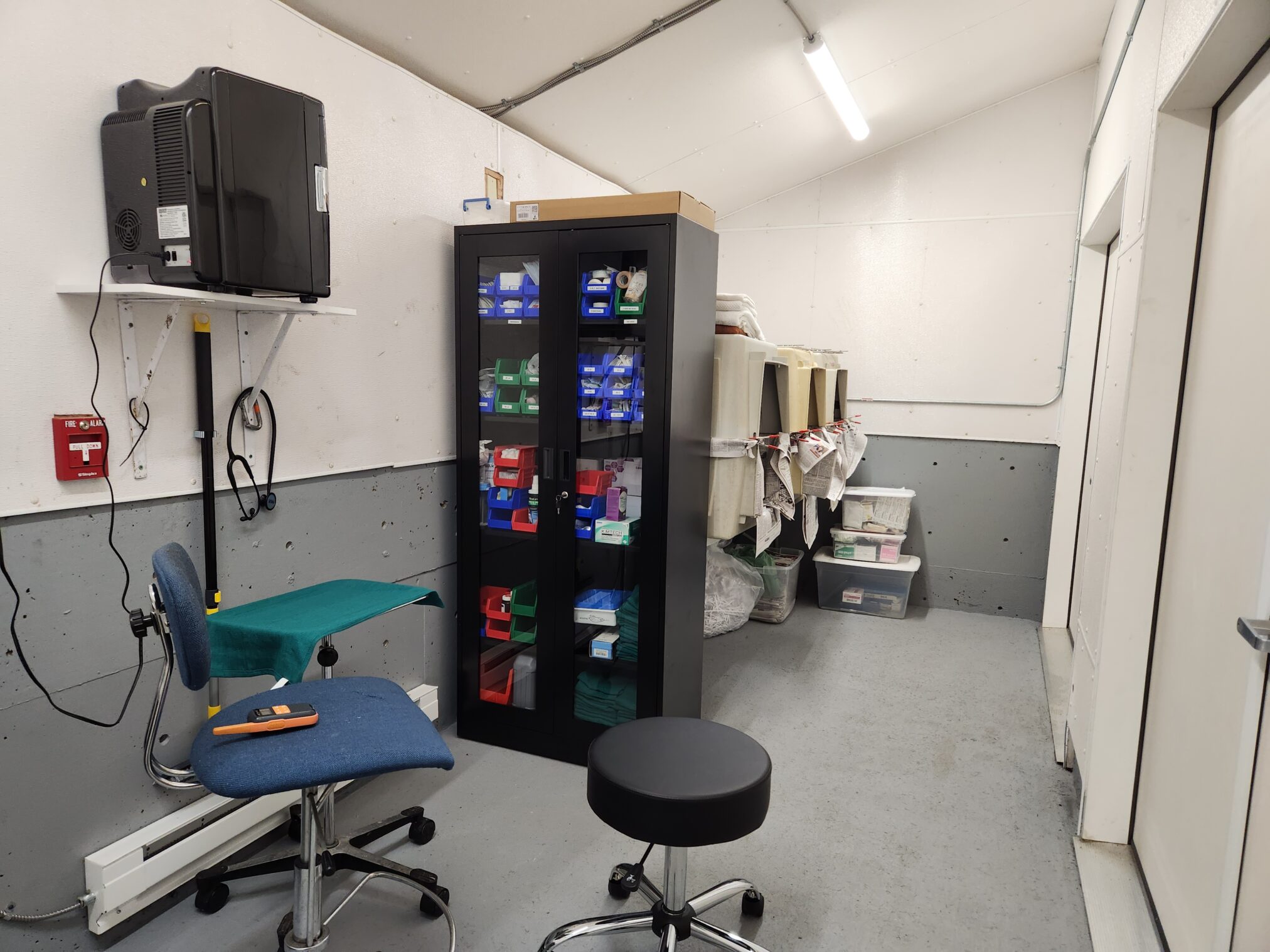
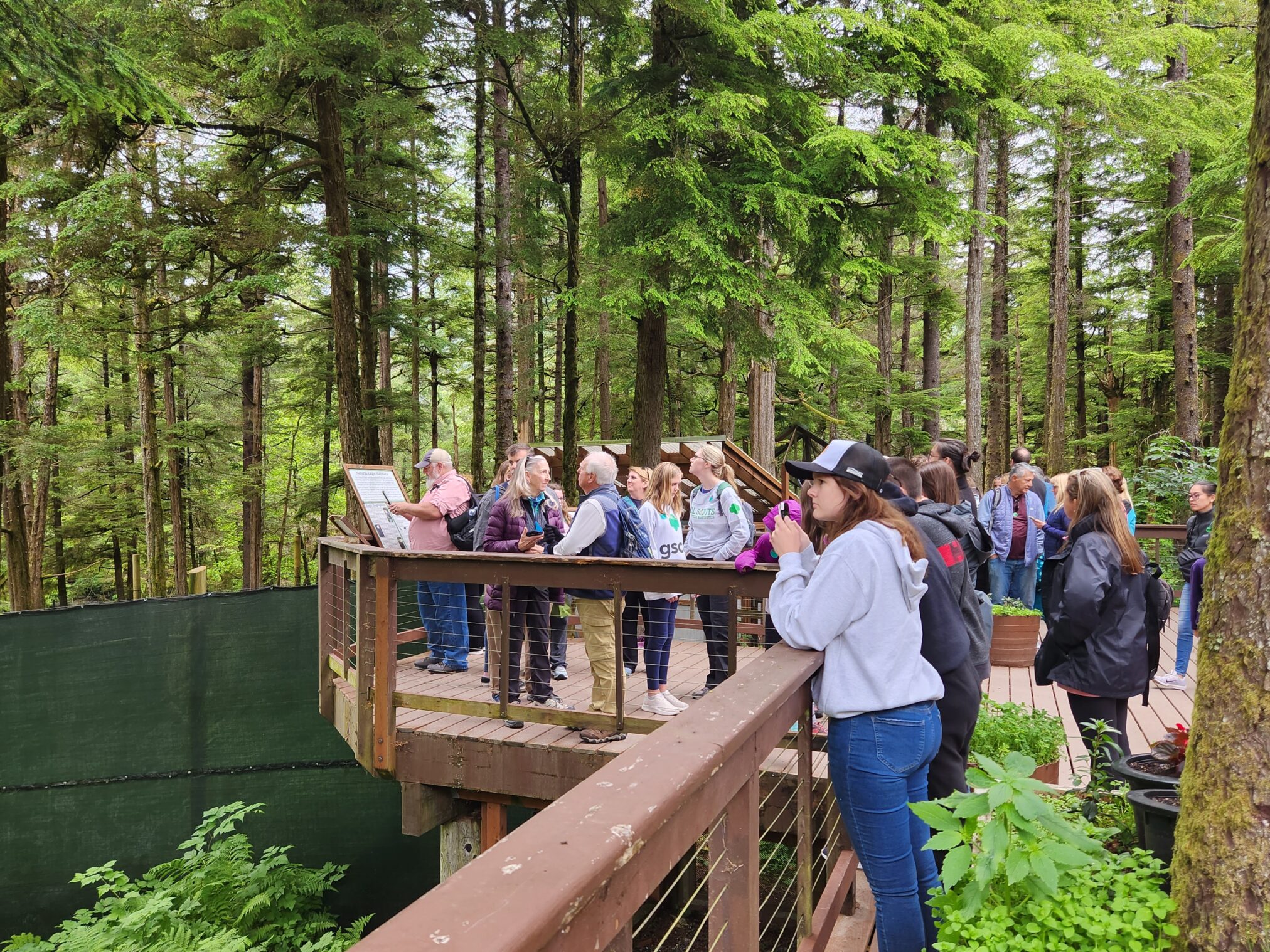


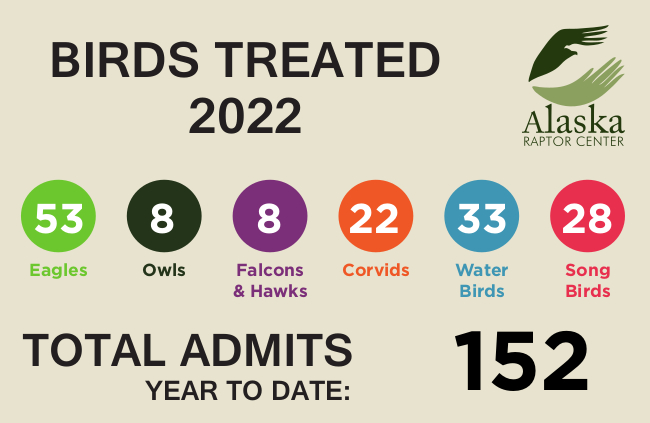

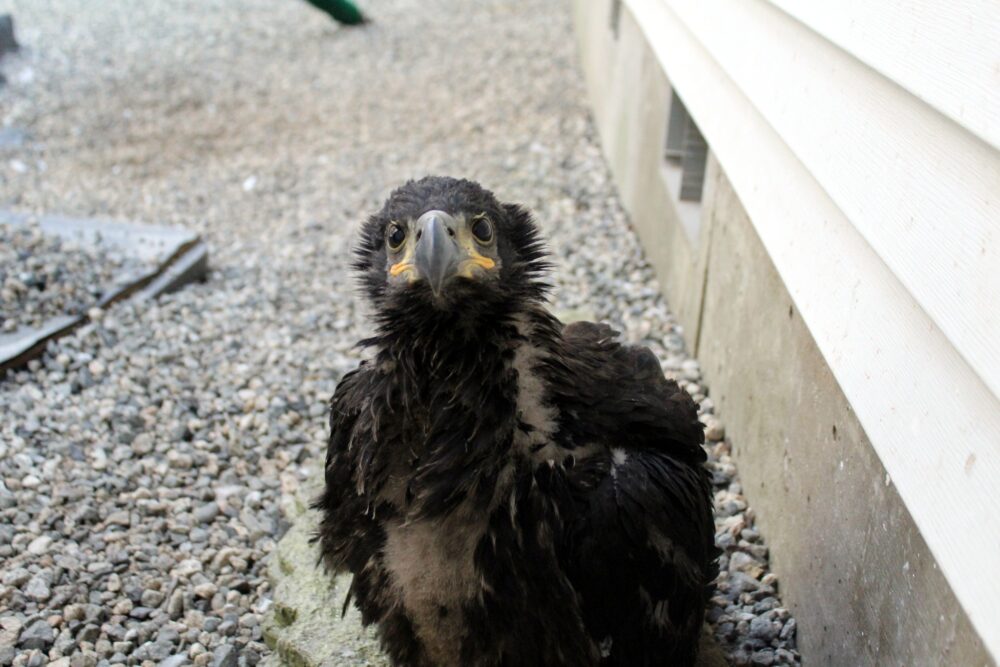

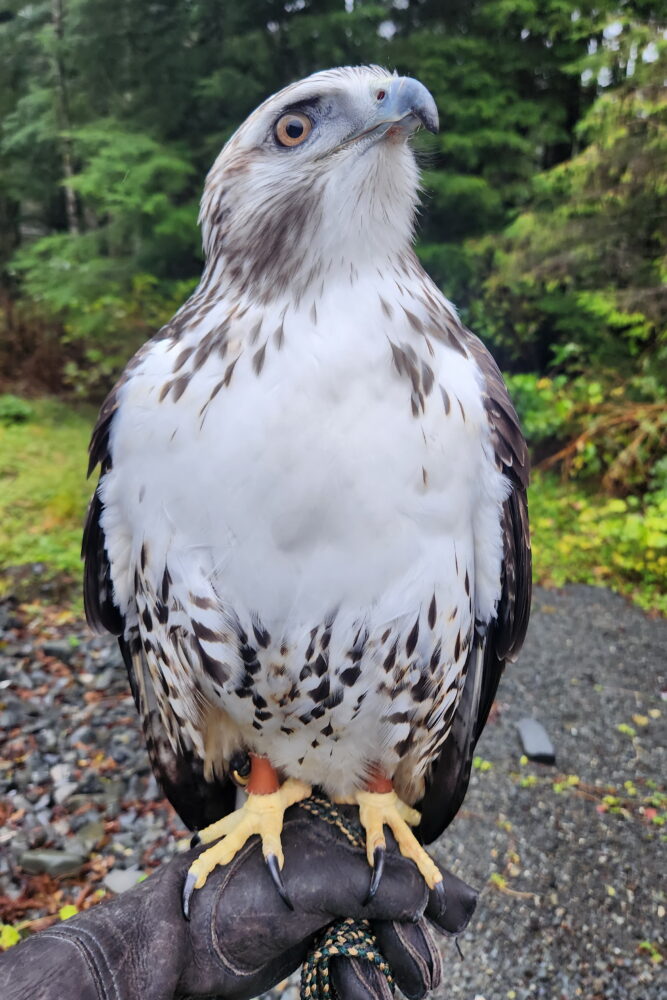
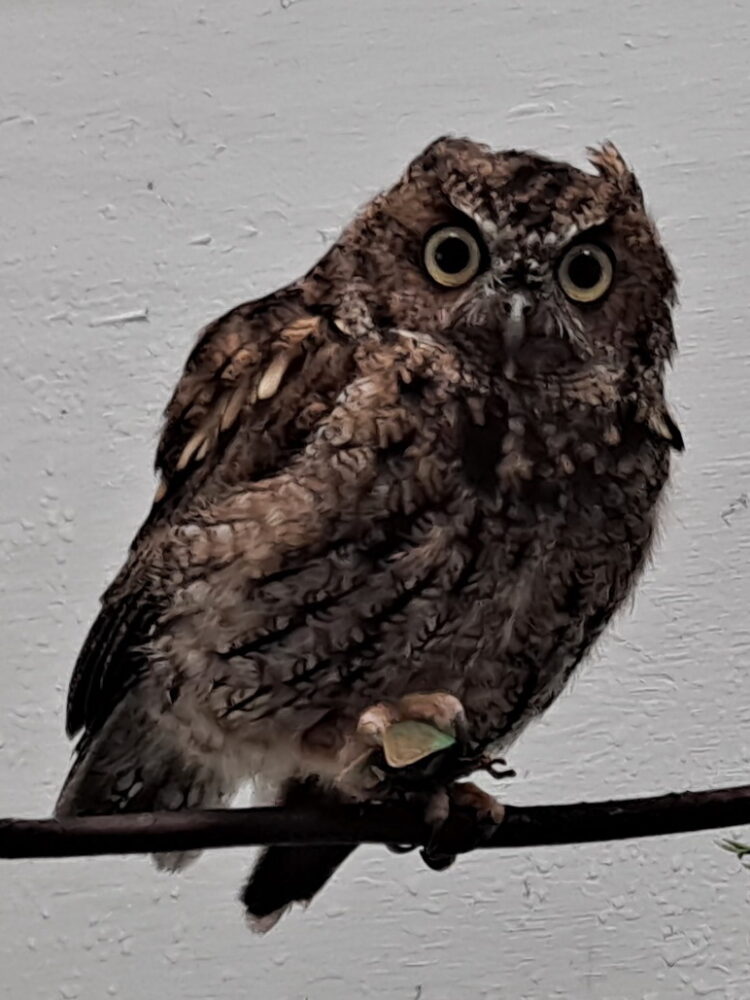
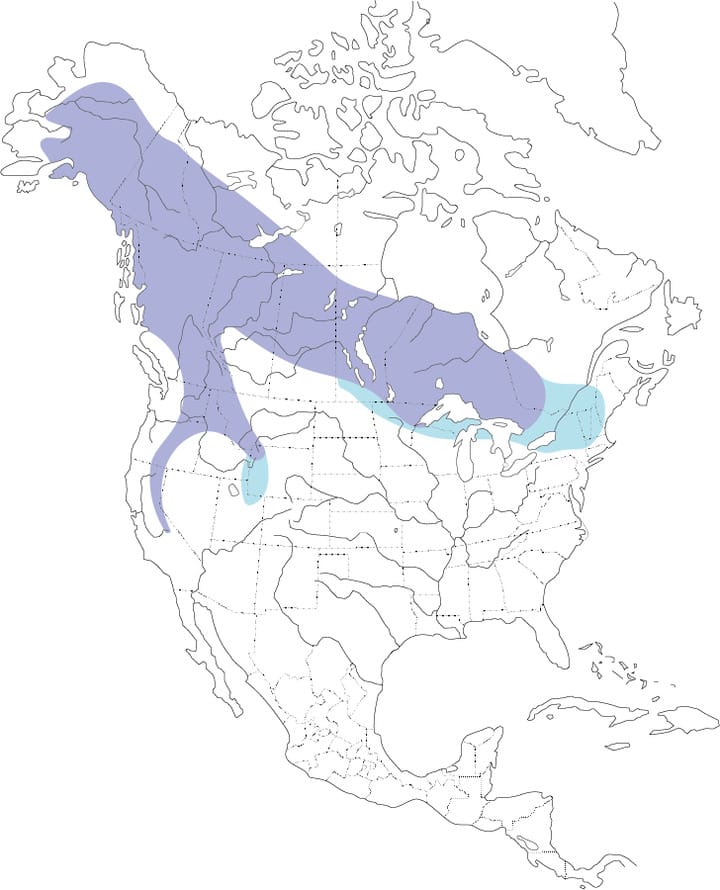
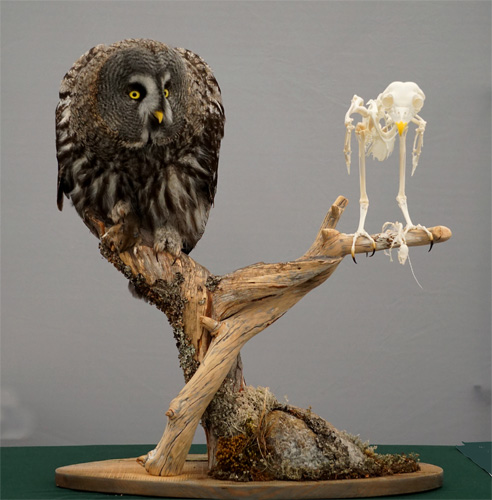

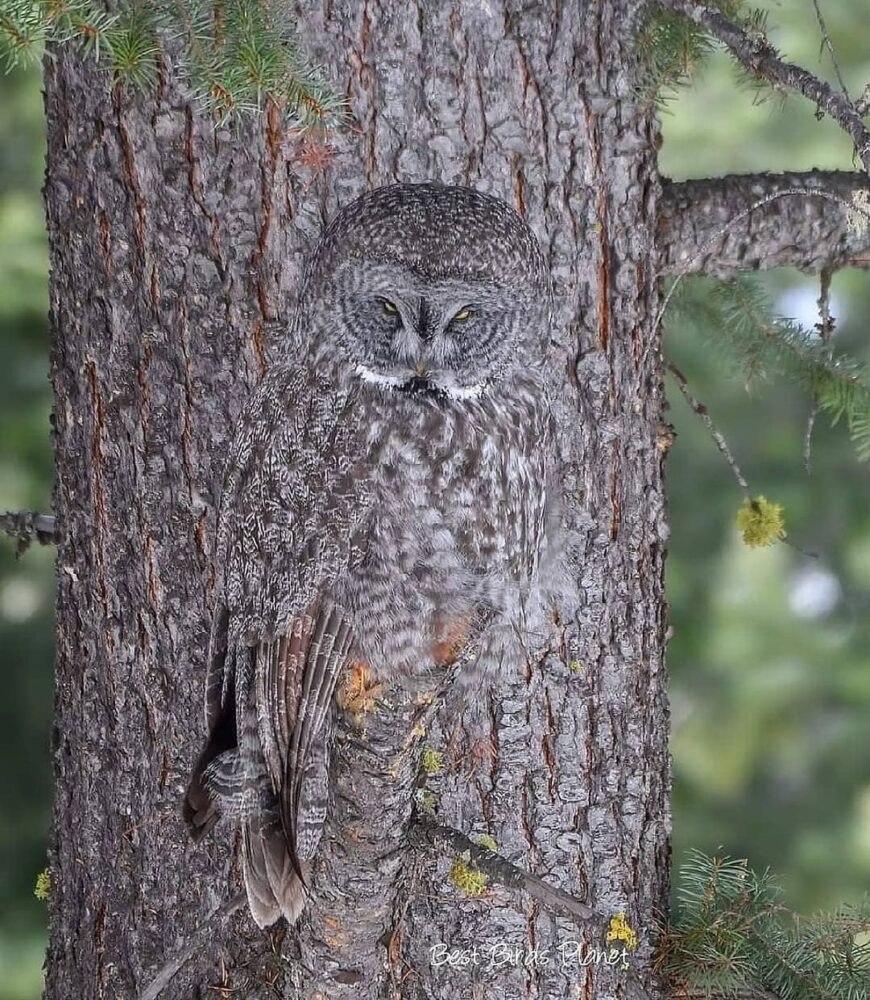


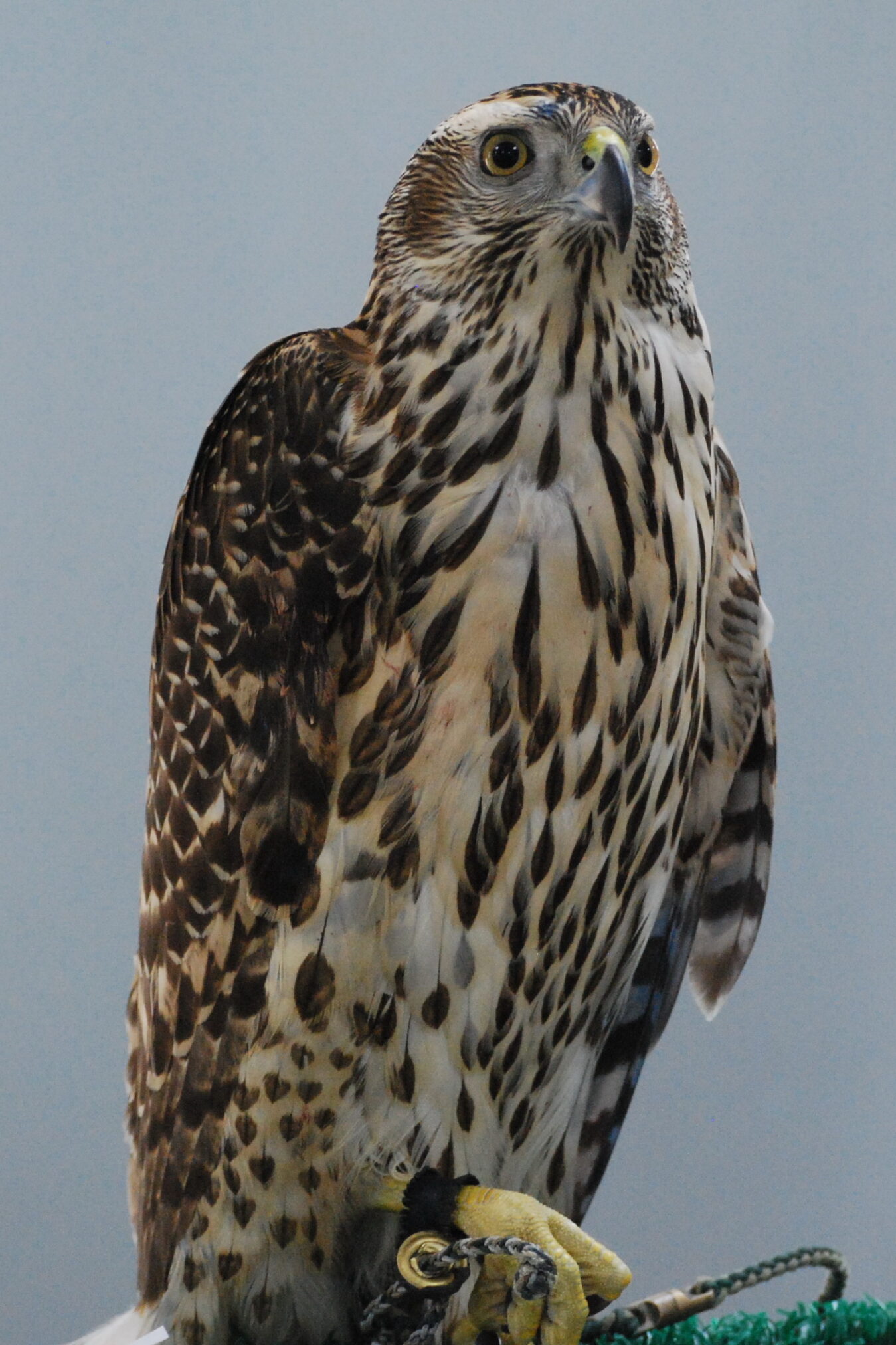
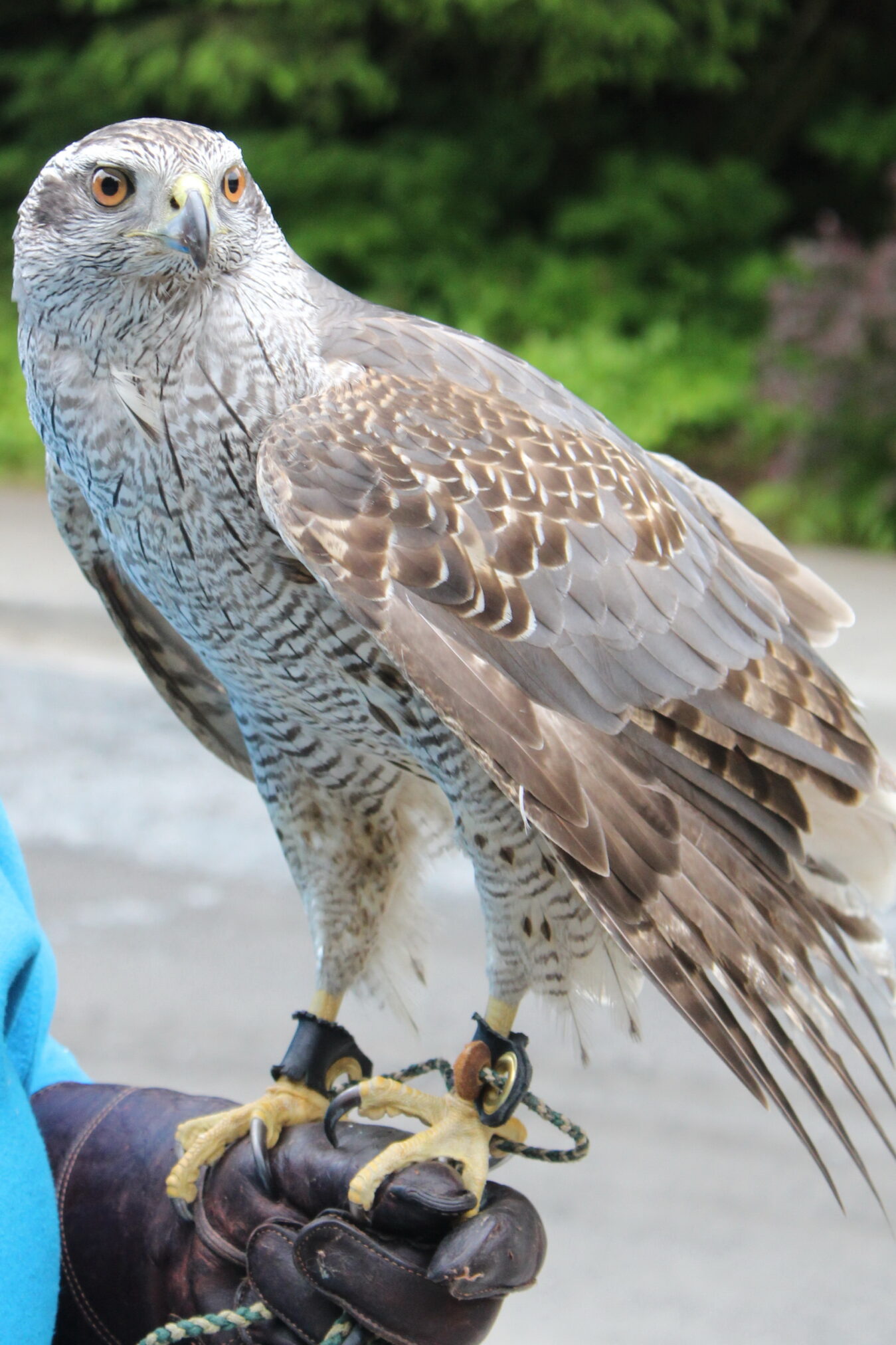
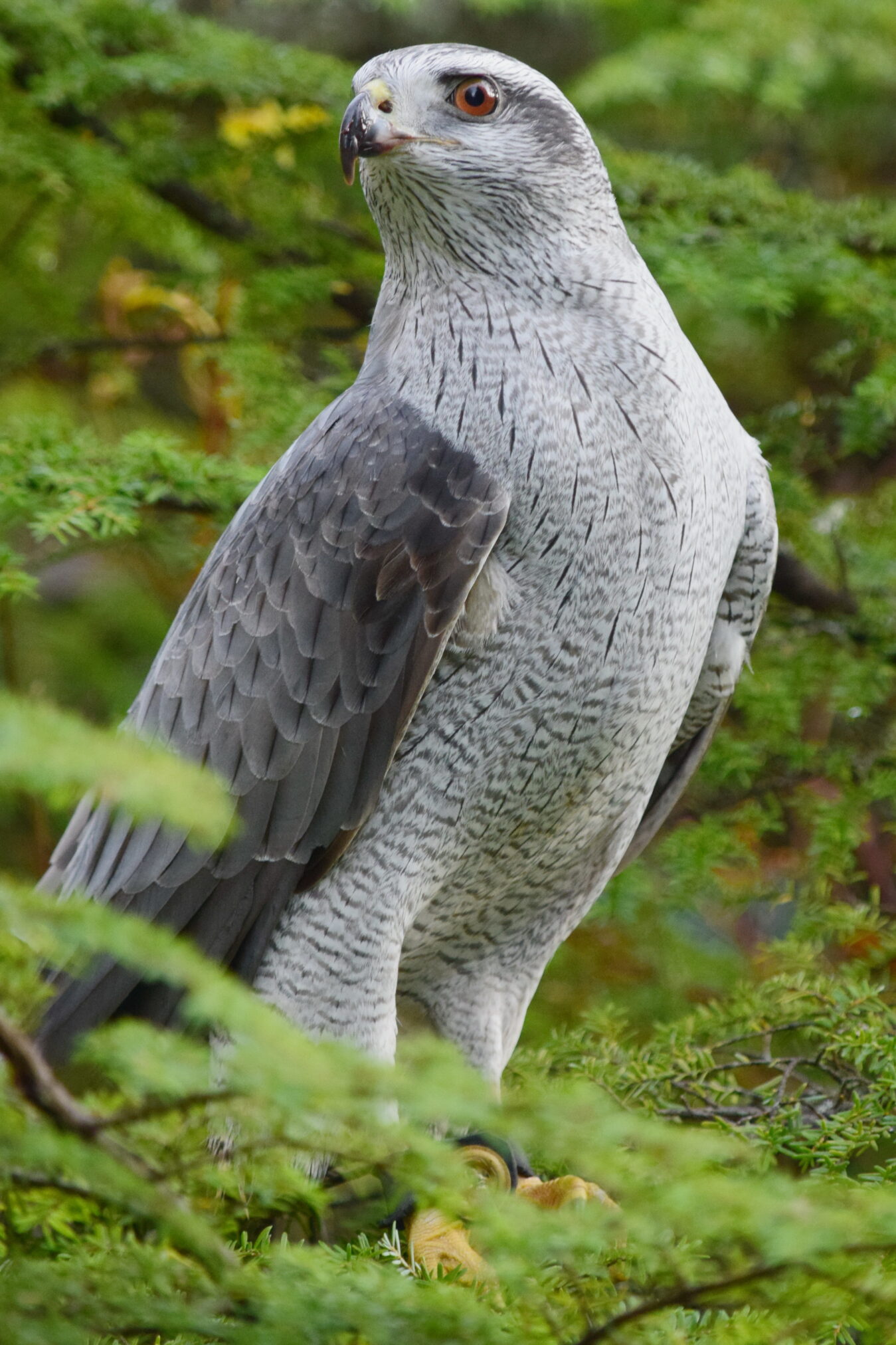
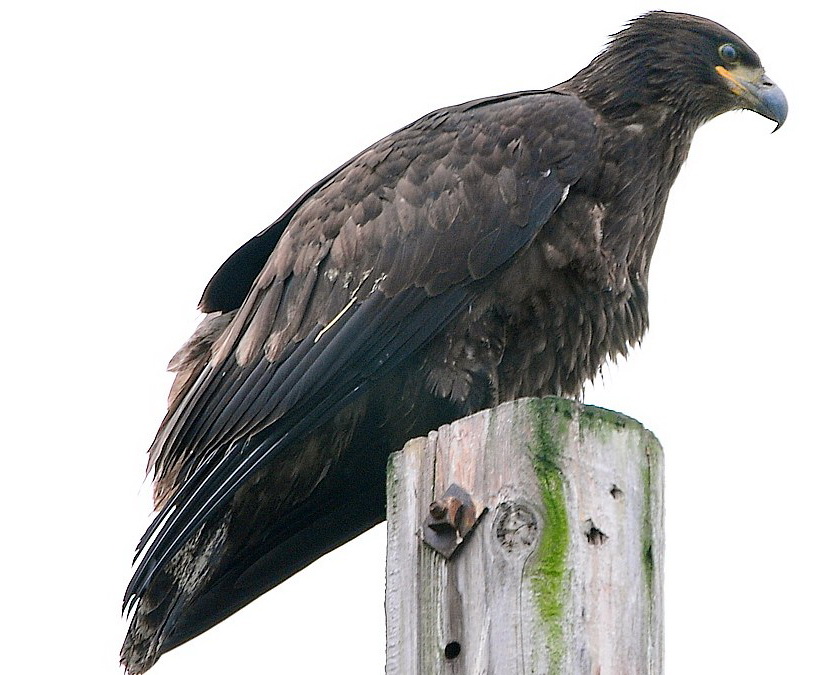
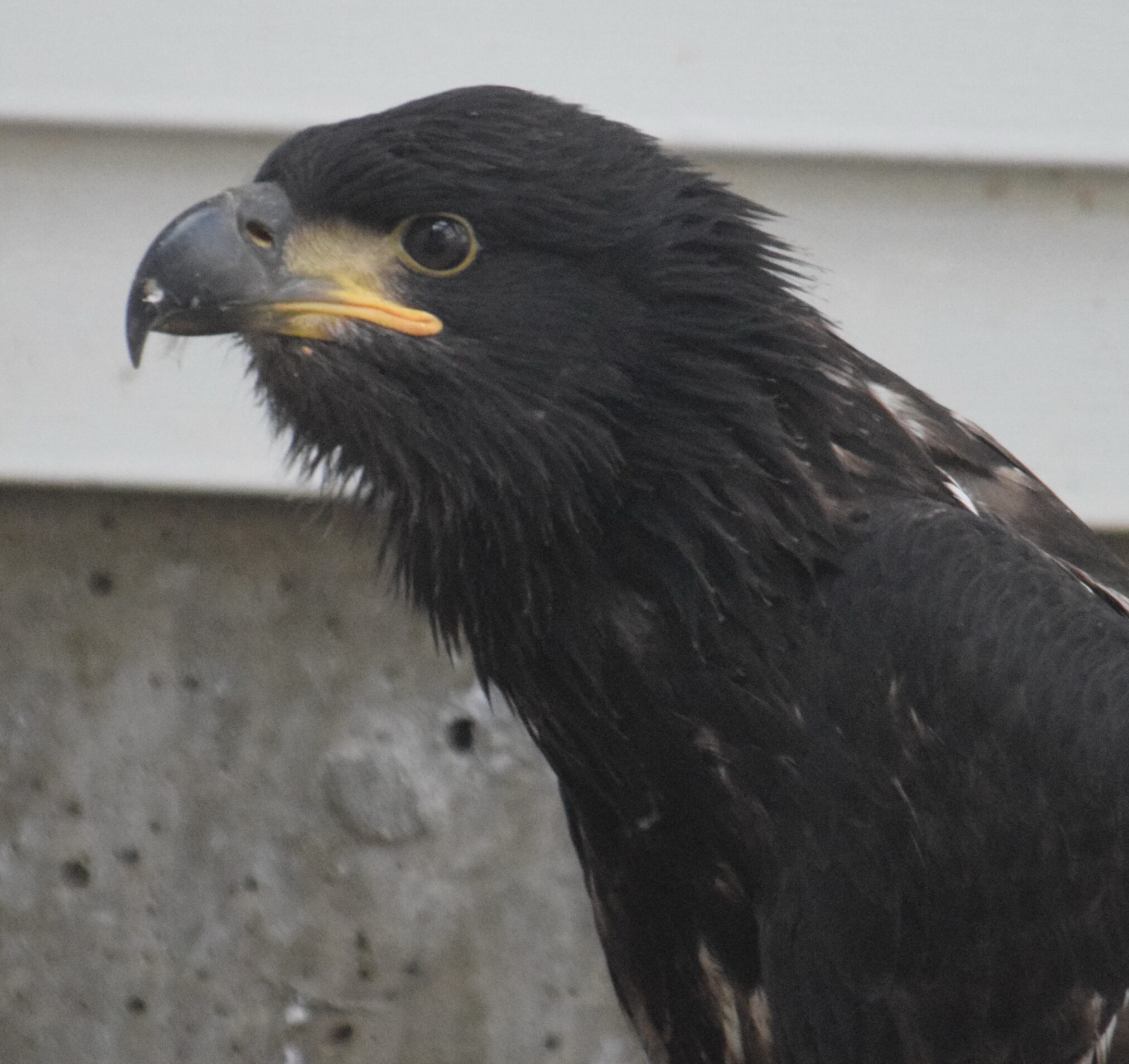
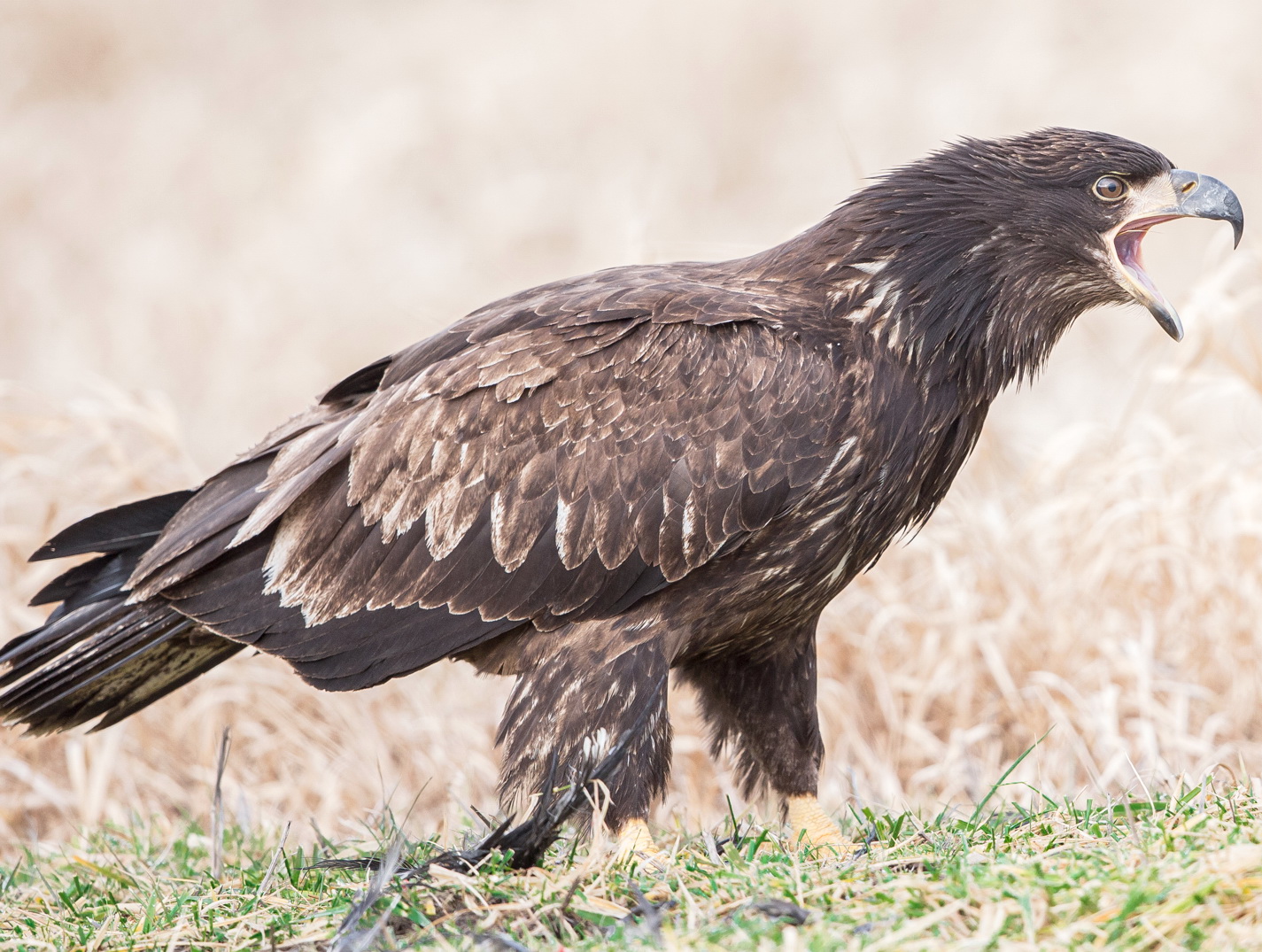
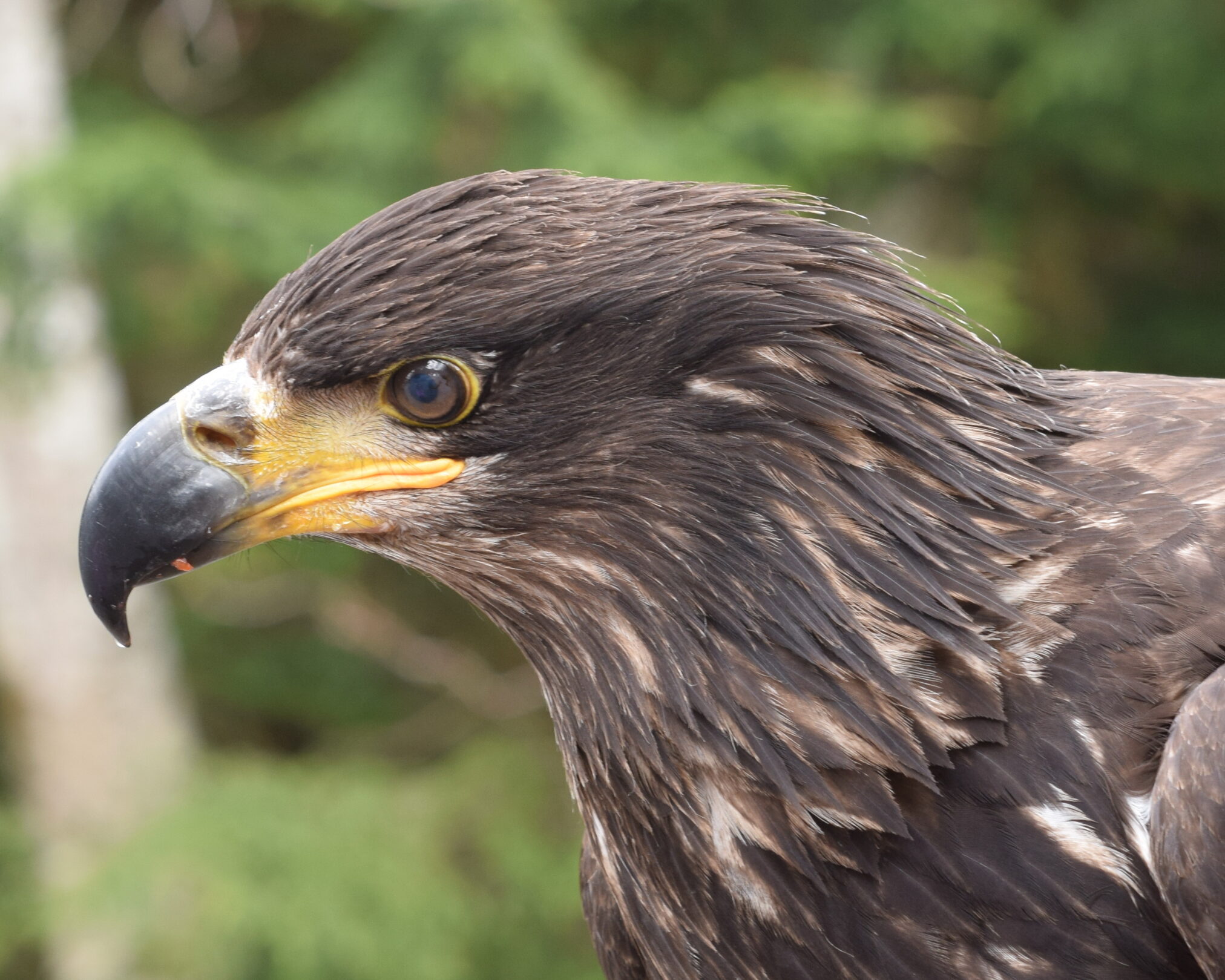
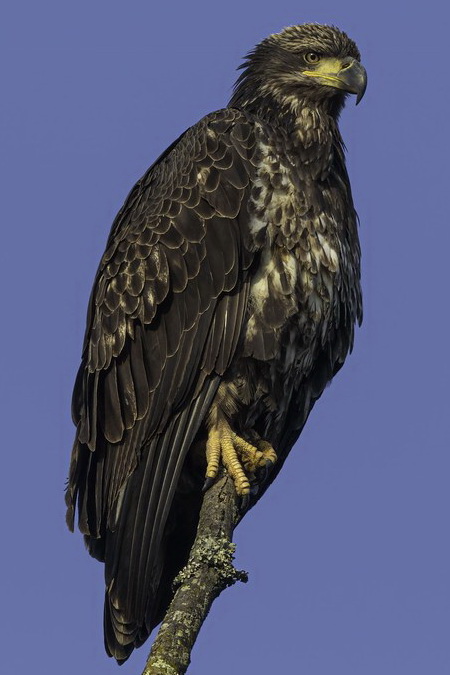
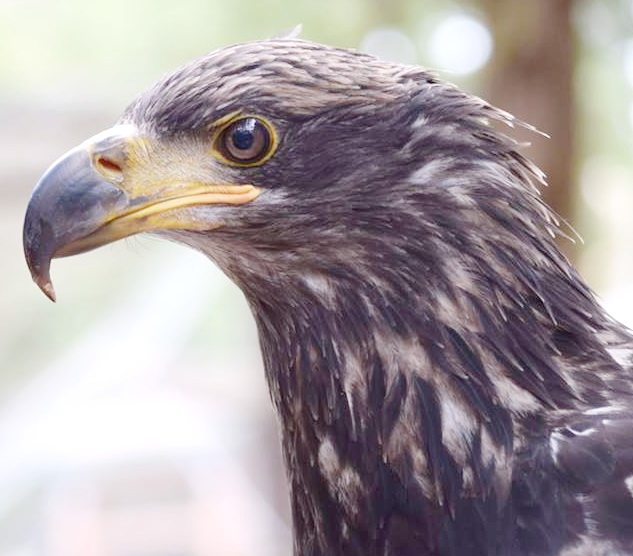



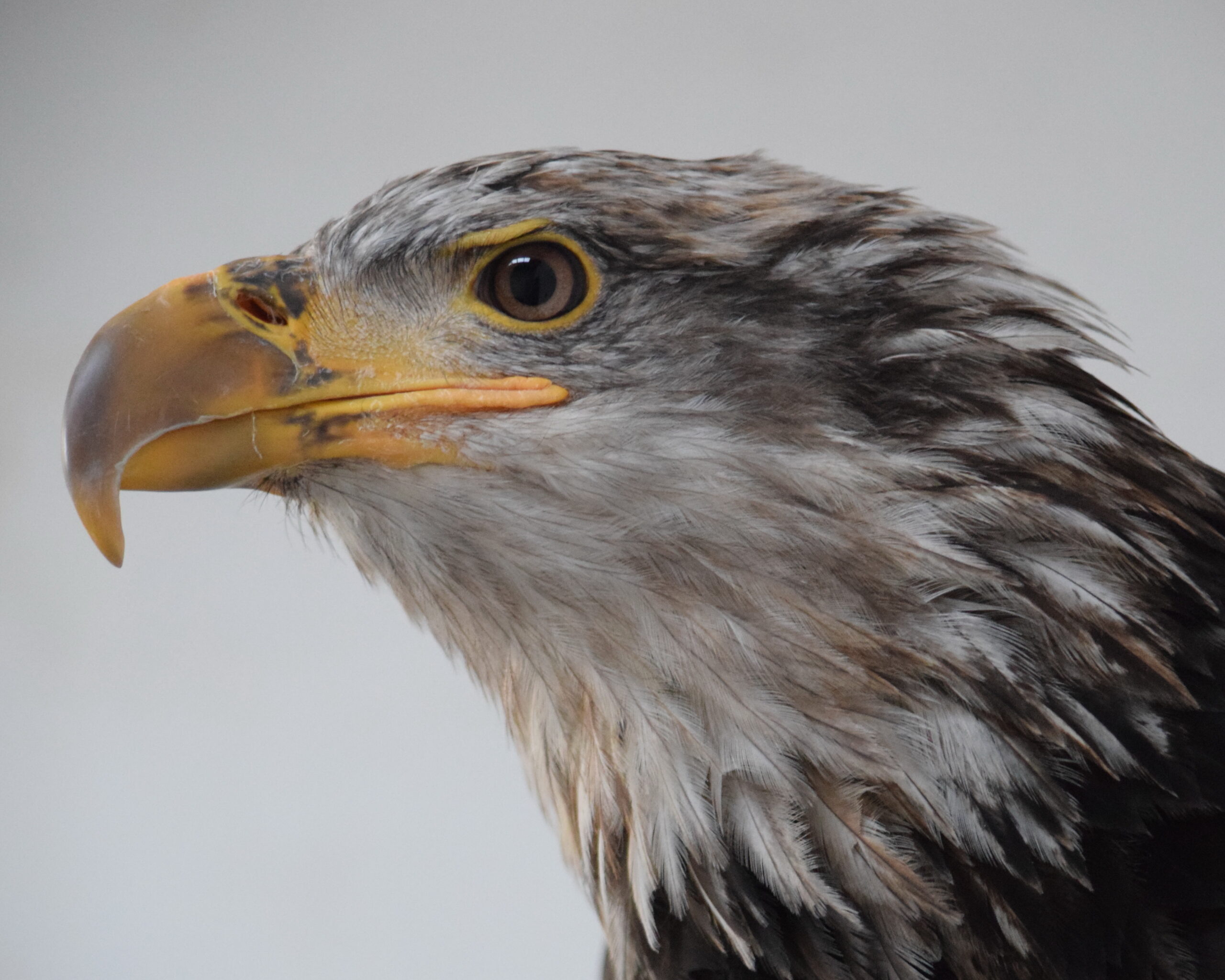
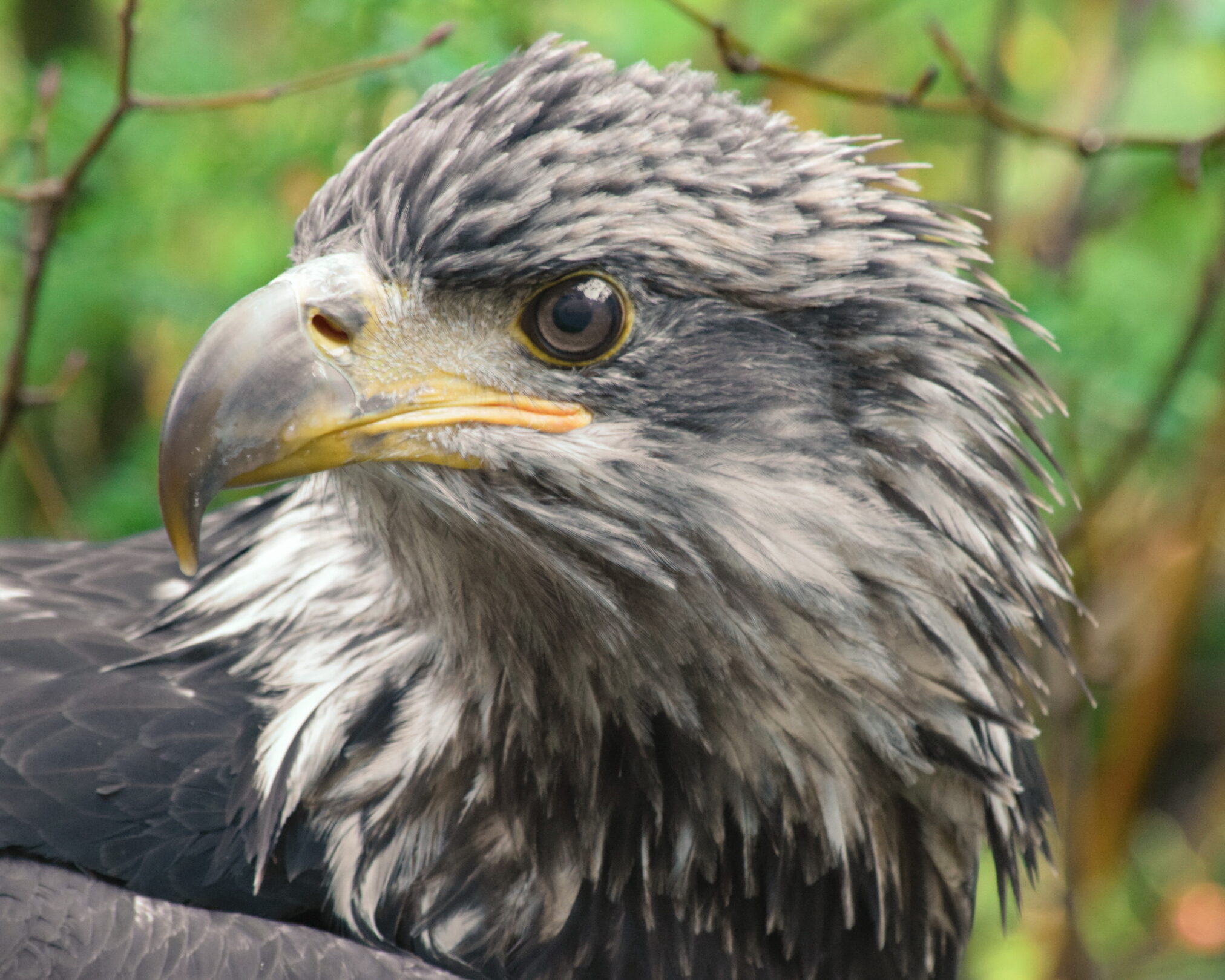

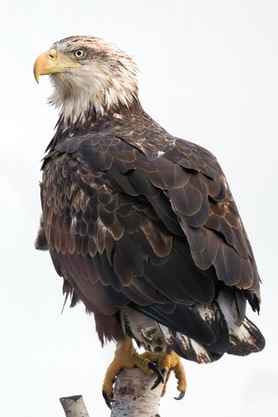

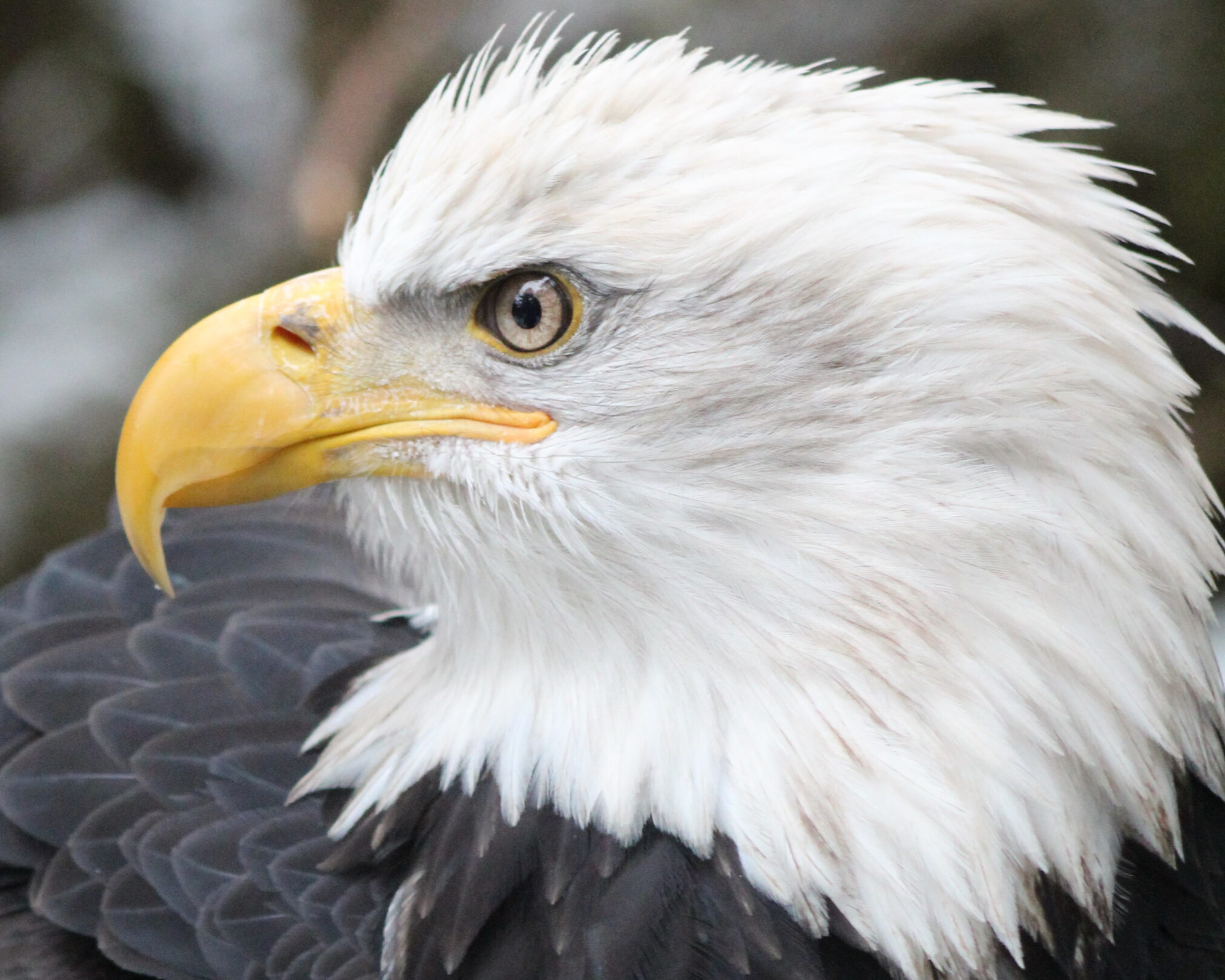
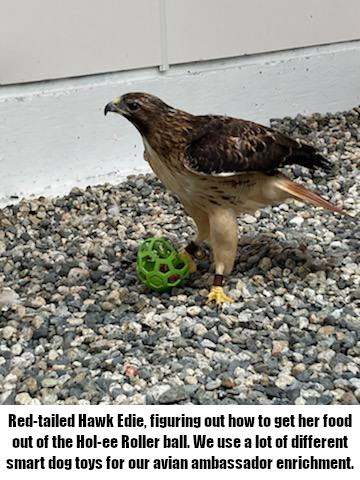 needs of the birds and allows them opportunities to make choices. The enrichment offered helps to stimulate the senses, increase confidence in new environments, increase physical movement/exercise, support natural behaviors and reduce stress and boredom.
needs of the birds and allows them opportunities to make choices. The enrichment offered helps to stimulate the senses, increase confidence in new environments, increase physical movement/exercise, support natural behaviors and reduce stress and boredom. 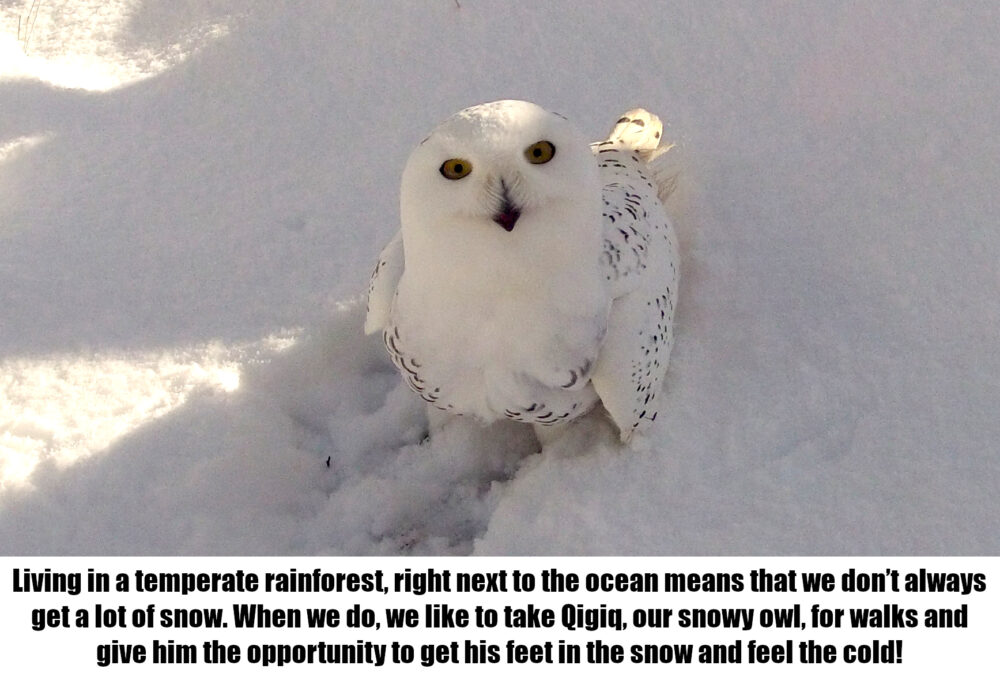 Enrichment is usually broken down into five different categories; cognitive (problem solving), sensory, food, environmental (changes to enclosure), and behavioral (training). We try to offer our birds something from each of these categories on a weekly basis. There is always a bit of trial and error and some birds just don’t enjoy every bit of enrichment that we give them. That’s what enrichment is all about, giving them the choice to interact or not interact.
Enrichment is usually broken down into five different categories; cognitive (problem solving), sensory, food, environmental (changes to enclosure), and behavioral (training). We try to offer our birds something from each of these categories on a weekly basis. There is always a bit of trial and error and some birds just don’t enjoy every bit of enrichment that we give them. That’s what enrichment is all about, giving them the choice to interact or not interact.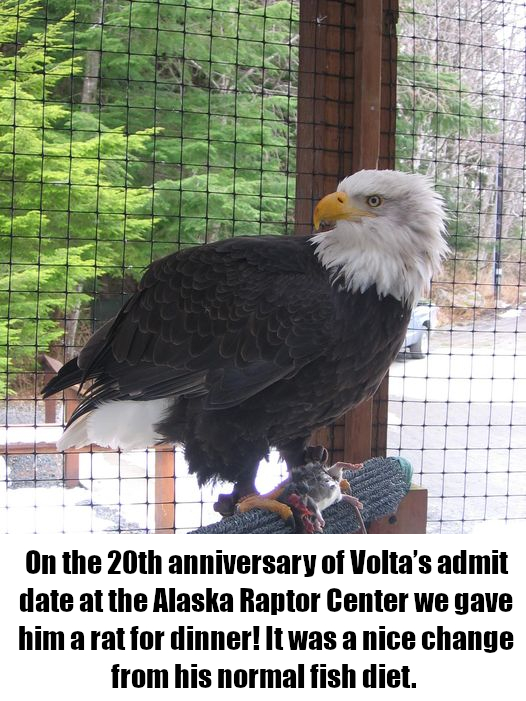
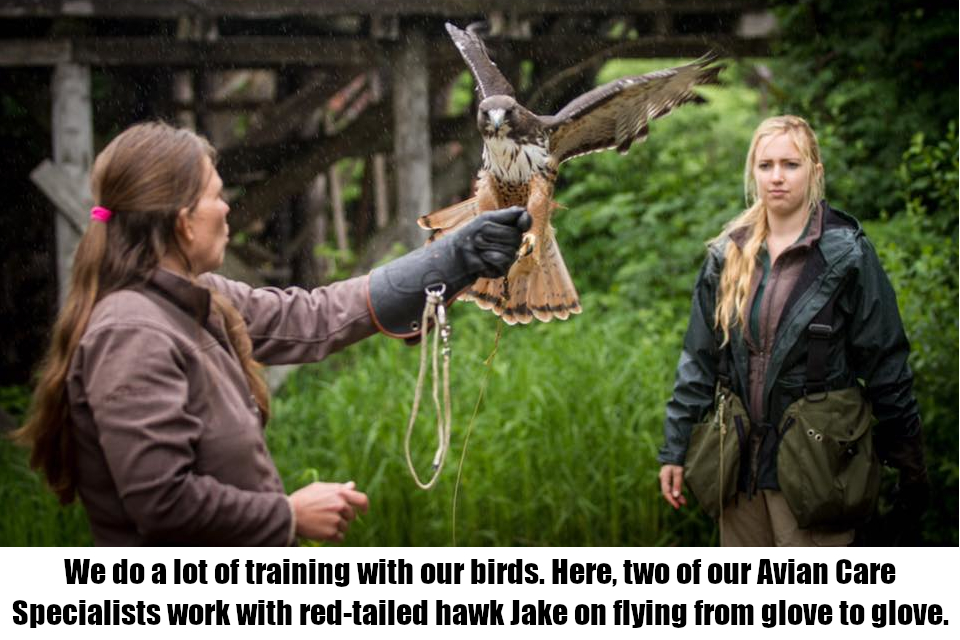 For me, the best part of giving enrichment to the birds is watching them interact with it. I always leave with a huge grin on my face when one of the birds is really into figuring out or destroying the enrichment given to them. I know that our birds are healthy, mental stimulated and it seems like, enjoying the interaction!
For me, the best part of giving enrichment to the birds is watching them interact with it. I always leave with a huge grin on my face when one of the birds is really into figuring out or destroying the enrichment given to them. I know that our birds are healthy, mental stimulated and it seems like, enjoying the interaction!
